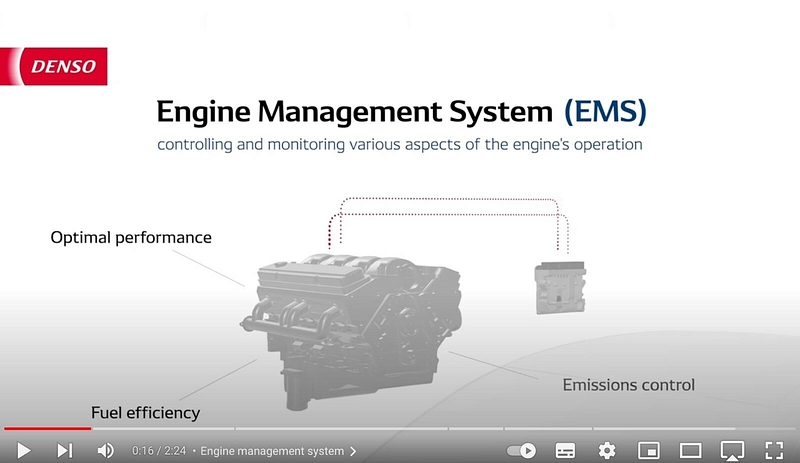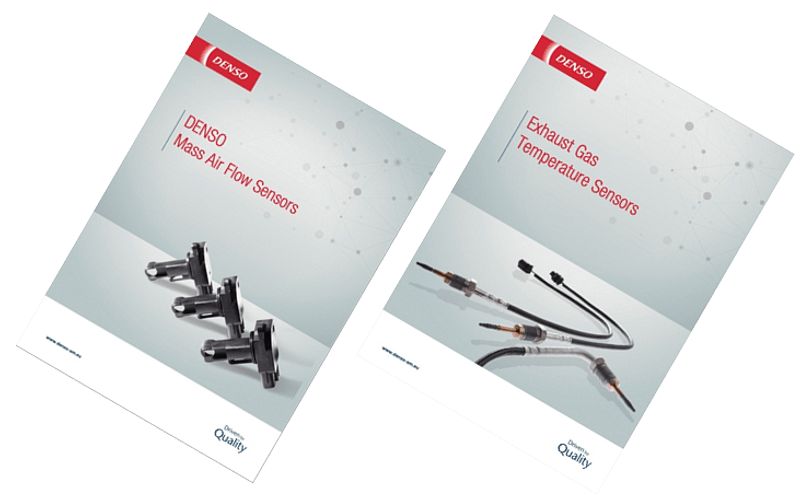New DENSO video explains the engine management system

This latest video, which can be viewed via YouTube, presents an overview of what the engine management system does, as well as explaining why and how it does it. What is immediately obvious however, is the interdependence of the many elements that are at work in the system to ensure the engine operates at its optimum efficiency.
The EMS effectively monitors and subsequently controls factors such as the fuel, air and combustion process within the engine. It does this through a series of sensors and actuators that communicate with the vehicle’s electronic control unit (ECU) to manage the engine’s functions.
The sensors monitor parameters such as engine speed, airflow, throttle position, coolant temperature and exhaust gases and the ECU matches them against a designated set of values and, if necessary, controls the actuators to ensure the correct levels are met, which ensures that fuel consumption and exhaust emissions are kept at their optimum. If, however, engine faults develop that the actuators can’t adequately adjust, the EMS stores them as fault codes that a technician can find using a diagnostic tool, which can then be dealt with in the workshop.

Not only does DENSO provide technical resources such as this video, which incidentally complements two recent leaflet additions, one for exhaust gas temperature sensors (EGTS) and another for mass air flow (MAF) sensors, it also supplies many of the replacement sensors and actuators that are required to rectify EMS faults that may occur.
Further details of the entire DENSO engine management system range can be found at: https://www.denso-am.eu/products/engine-management-systems.




















































